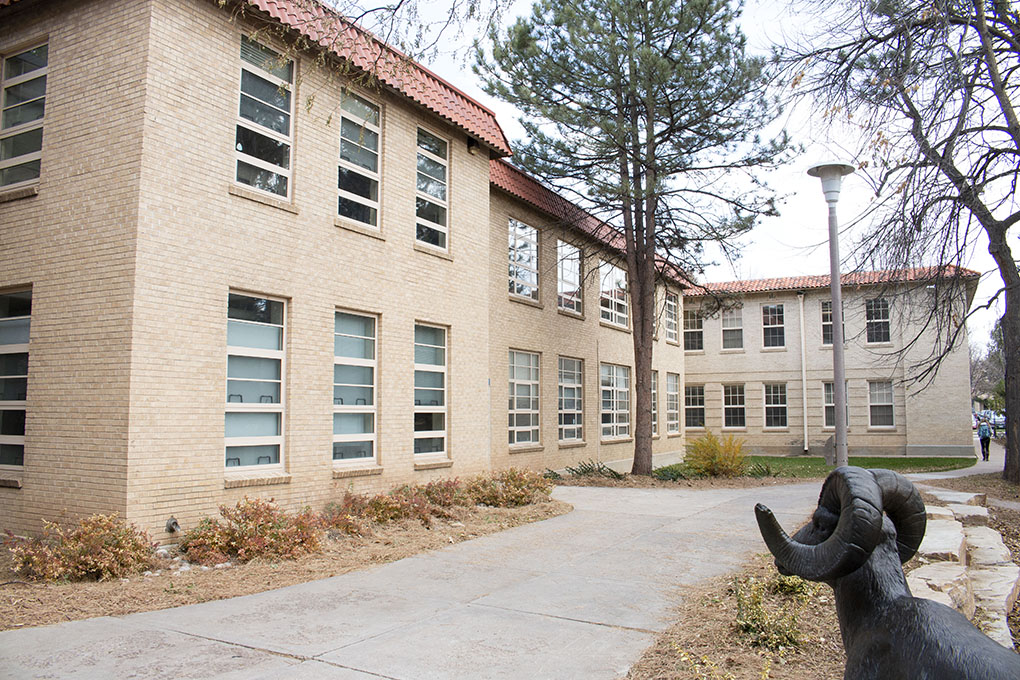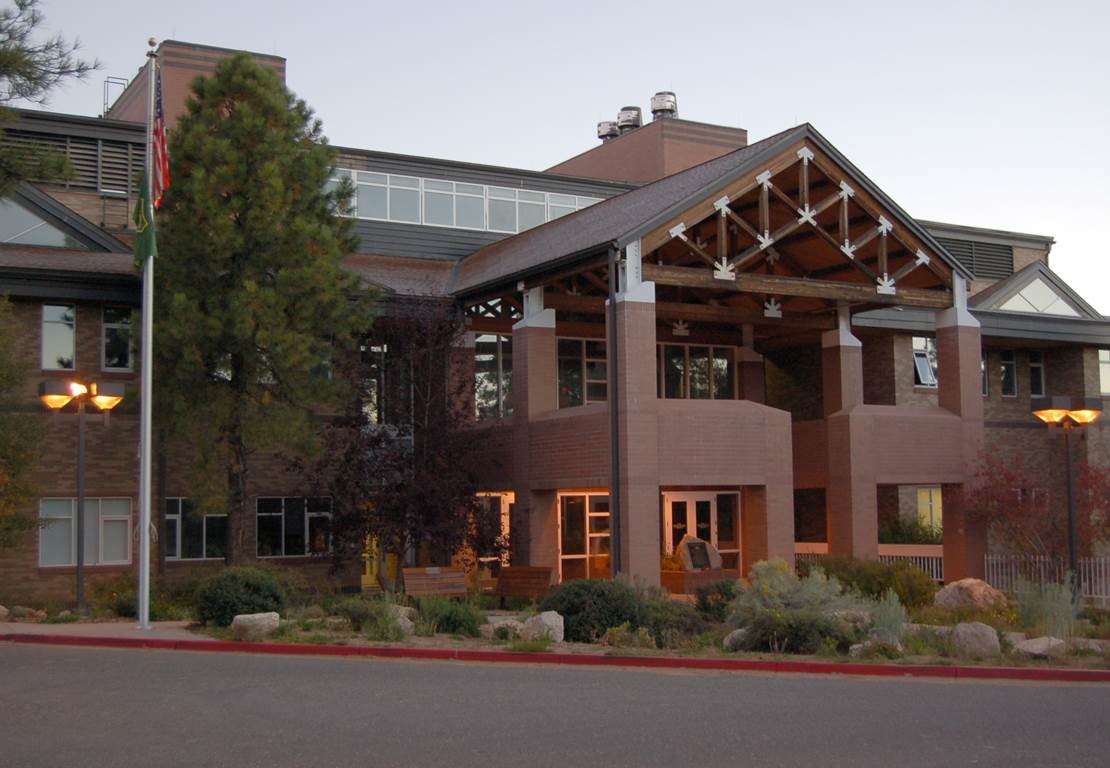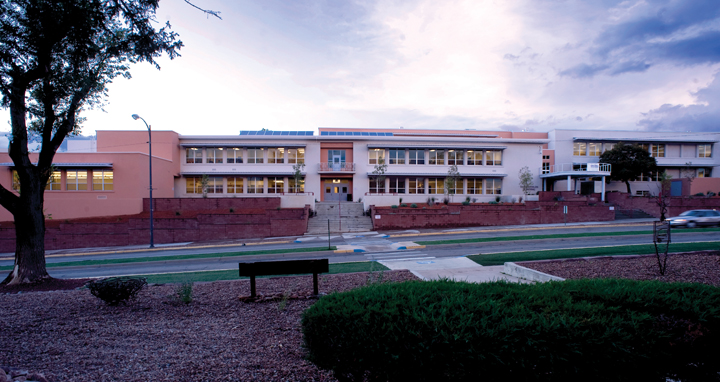The three institutes that form the Southwest Ecological Restoration Institutes (SWERI) have a broad collective impact. Each institute works with partners across the Intermountain West in a variety of ecosystem types, like ponderosa pine, mixed conifer, aspen, and pinon-juniper, to help solve ecological and socio-economic issues. The institutes excel in delivering localized science support, building trust to reduce conflict among diverse stakeholders, and advancing forest restoration across the West. See below for brief snapshots of recent highlights and impacts from each institute.

The Colorado Forest Restoration Institute (CFRI)
The Colorado Forest Restoration Institute (CFRI) is integral to many collaborative forest landscape restoration and wildfire risk reduction initiatives across Colorado. Highlights include two Collaborative Forest Landscape Restoration Projects and three large cross-boundary fire risk management groups working to implement the National Cohesive Wildland Fire Management Strategy. Engaging with place-based collaborative groups, CFRI facilitates the integration of actionable science-based knowledge for forest resilience, watershed protection, fire adapted communities, and safe and effective fire response actions across land ownership. CFRI leverages expertise co-developing and applying local science-based knowledge to produce applied research and lessons learned that inform state, regional, and national forest and fire management programs. Our work creates measurable outcomes that improve treatment effectiveness across land ownerships, reduces conflict, and streamlines planning for strategic, coordinated investments toward shared stewardship of our forests by federal and non-federal stakeholders.

The Ecological Restoration Institute (ERI)
In 2017, the Ecological Restoration Institute (ERI) designed, coordinated, and facilitated a workshop for the Forest Service to identify innovations and changes in policy and procedure that will accelerate restoration treatments. Typically it takes more than two years before a Record of Decision (NEPA clearance) results in implementation of treatments. The actions identified at the two-day “Accelerating Restoration Implementation Workshop” are now in the implementation phase. The ERI and Northern Arizona University made a one million dollar investment with state funds in 2017 to establish a forest operations and biomass utilization program. Under the direction of Dr. Han-Sup Han, the program is already making substantial contributions to solve the operational and economic challenges of removing large volumes of low-value wood and biomass.

New Mexico Forest and Watershed Restoration Institute (NMFWRI)
In response to New Mexico State Forestry, agency, and NGO partners, the New Mexico Forest and Watershed Restoration Institute (NMFWRI) built a database and GIS platform designed to inform future treatment opportunities and action. The outputs show wood businesses where sales and thinning projects are available for bids and identifies gaps in the landscape that need treatment to reduce landscape-level fire risks. This database and GIS layer have become part of a larger effort known as the Opportunity Map. The OpMap is part of a multi-state, multi-partner effort in the Rio Grande basin to match downstream water users, who may wish to invest in their water supply, to upstream land managers who would like to protect forests from catastrophic fire and subsequent flooding.